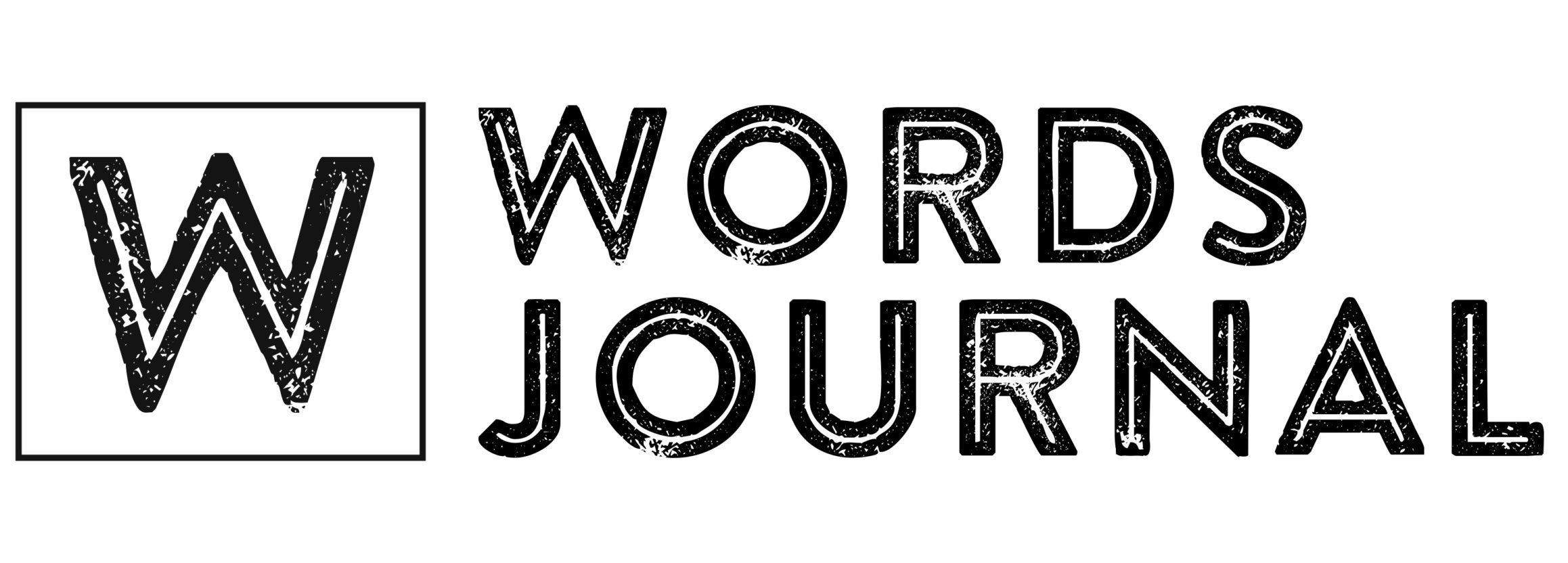How is the American milk industry going to do in 2020? One thing is for certain — it’s changing to keep up with consumer trends. It has to . . . otherwise, as the following news indicates, it’s headed for extinction.
America’s biggest milk processor, Dean Foods Inc., had to file for bankruptcy last November. And the iconic Borden, which has been a major player in the dairy industry for over a century, with its famous ‘contented cows,’ followed suite a month later. Dairy sales have declined for the past ten years straight. The volatile milk pricing system is archaic — to say the least. Between cow milk farmers and processors there’s been a constant seesaw between too much moo juice on the market and too little. Retailers who are vertically integrated, especially supermarket chains, find it very frustrating to purchase cow’s milk products because of the price fluctuations. They know that their customers don’t want to buy a gallon of milk one day for a two dollars and then come back a week later to find it marked up to two-fifty.
Alternative dairy products, such as soy and almond milk, have made steady inroads into the traditional diary market to such an extent that most major dairy processors, such as Krogers, now have several different brands of soy, almond, and coconut milk products on their dairy aisle, cheek by jowl with cow’s milk. Oat milk sales, to take one example, have increased by six-hundred percent nationwide since November of 2018.
And if the Trump administration goes through with threatened dairy tariffs, the American cow’s milk industry, as we know it, may not survive.
